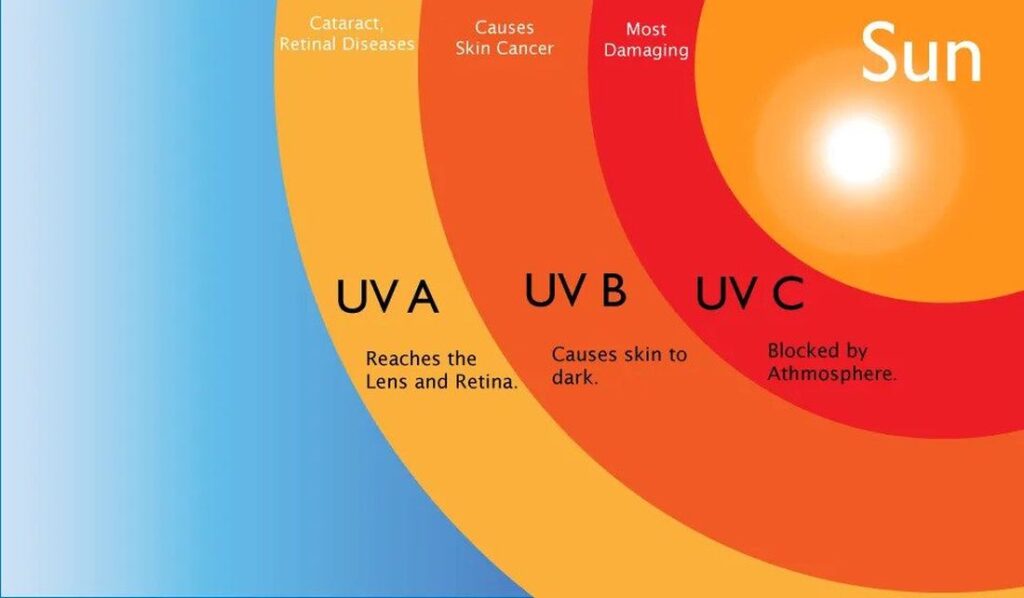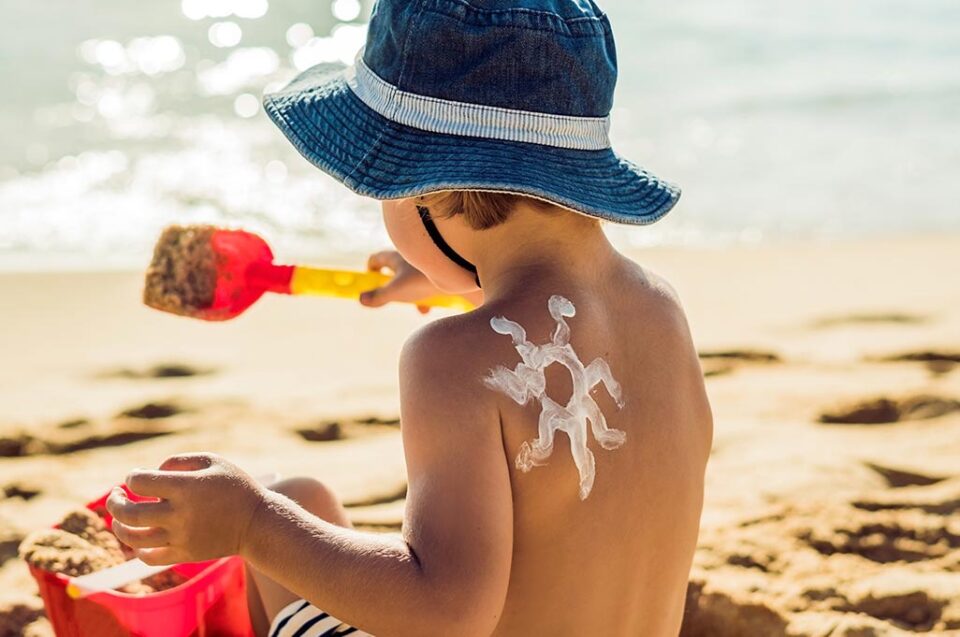Ultraviolet radiation is a type of light that can damage skin. It’s most commonly associated with the sun, but it can also come from lamps, electronic devices, and other sources. UV radiation has been linked to cancer, and children are especially vulnerable to its effects. In fact, it can cause more skin damage in children than in adults.
Ultraviolet radiation can be harmful to your child’s skin when it is in direct sunlight, or when it is reflected off of surfaces such as the water in a swimming pool. You can shield your child’s skin from UV radiation by using sunscreen and clothing. Dozer hats for boys and girls, sunscreens with a broad-spectrum protection, and coverups for children over age 2 are all good ways to protect your child’s skin.
How Much UV Radiation is Too Much?

There is no one answer to this question since UV radiation levels vary widely depending on where you live and the time of year. However, most experts agree that children should not be exposed to more than 10-12 minutes a day of unprotected sun exposure. A child’s skin is at its most vulnerable when it is tanning and during the first two years of life when the skin’s protective barriers are still developing.
To help protect your child from too much UV radiation, you can use sunscreen every day, keep them out of the sun between the hours of 10am and 2pm, and shield their eyes with sunglasses when they are outside in direct sunlight.
How to Protect Your Child’s Skin from Too Much UV Radiation?

UV radiation can cause long-term damage to the skin, including wrinkles, age spots, and skin cancer. Here are some tips to help protect your child’s skin from too much UV radiation:
- Limit exposure to sunlight. To limit exposure to sunlight, cover your child’s skin with sunscreen every day when outdoors. Try a sunscreen that is SPF 30 or higher for the most protection. Apply a liberal amount of sunscreen to all exposed areas of the body, including the face and ears.
- Use sunscreen instead of a sun tanner. Sunscreens work as a physical shield against UV radiation and also provide temporary coloration (tanning).
- Encourage frequent bathing and swimming. Frequent bathing and swimming can remove heavy perspiration and dried sweat which can lead to exposure to UV radiation in water.
- Wear clothing that blocks UV radiation. Clothing made from materials such as cotton, wool, or straw should be avoided because they allow UV light through the fabric and may result in increased exposure to your child’s skin. Instead choose clothing made from synthetic materials such as polyester or nylon which block more visible light but do not offer as much protection against UV radiation.
Conclusion
Ultraviolet (UV) radiation is the type of light that comes from the sun. It is important to remember that UV radiation can damage your child’s skin, even if they are wearing sunscreen and a hat. The good news is that there are many ways to protect your child’s skin from too much UV radiation. You can talk to them about the dangers of overexposure, equip them with sunglasses and sunscreen, and keep a close eye on their behavior when outside in sunny weather. By taking these preventative measures, you can help ensure that your child’s skin stays healthy and free from any harmful effects of UV radiation.



